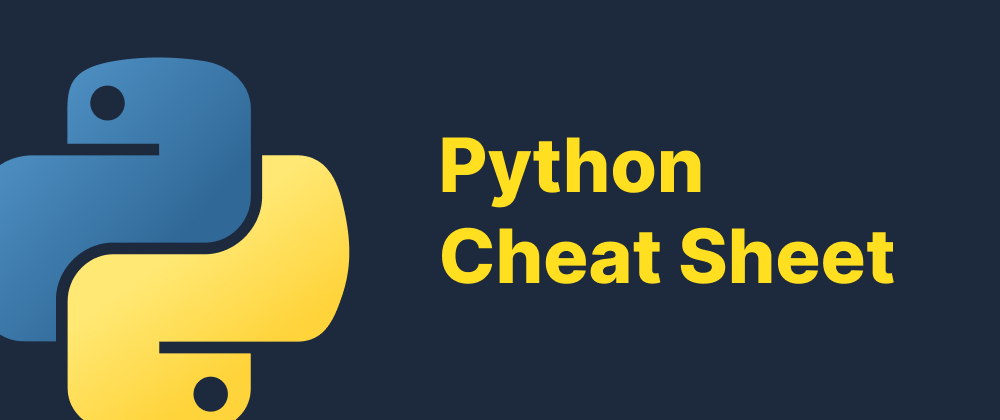Understanding Division Operators in Python
Lukas Schneider
DevOps Engineer · Leapcell

Key Takeaways
/performs true division and always returns a float in Python 3.//performs floor division and truncates toward negative infinity.- Python 2 and Python 3 handle division differently by default.
In Python, division operations are fundamental to various computational tasks. The language offers two primary division operators: / and //. Understanding their functionalities and differences is crucial for writing accurate and efficient code.
True Division (/)
The / operator performs true division, returning a floating-point result regardless of the operand types. This behavior ensures that the division's outcome retains any fractional component.
Examples:
# Both operands are integers result = 5 / 2 print(result) # Output: 2.5 # One operand is a float result = 5.0 / 2 print(result) # Output: 2.5
In both cases, the result is a float, preserving the division's precision.
Floor Division (//)
The // operator, known as floor division, divides the operands and truncates the result to the largest integer less than or equal to the quotient. The result's type depends on the operand types: if both are integers, the result is an integer; otherwise, it's a float.
Examples:
# Both operands are integers result = 5 // 2 print(result) # Output: 2 # One operand is a float result = 5.0 // 2 print(result) # Output: 2.0
In the first example, the result is an integer, while in the second, it's a float, reflecting the presence of a floating-point operand.
Behavior with Negative Operands
When dealing with negative numbers, floor division rounds down towards negative infinity.
Example:
result = -5 // 2 print(result) # Output: -3
Here, -5 divided by 2 equals -2.5. Floor division rounds this down to -3, the largest integer less than -2.5.
Division in Different Python Versions
In Python 2.x, the / operator's behavior depends on the operand types:
- If both operands are integers,
/performs floor division. - If at least one operand is a float,
/performs true division.
Example in Python 2.x:
# Integer division result = 5 / 2 print(result) # Output: 2 # True division result = 5.0 / 2 print(result) # Output: 2.5
To achieve consistent true division in Python 2.x, one can import the division feature from the __future__ module:
from __future__ import division result = 5 / 2 print(result) # Output: 2.5
In Python 3.x, / always performs true division, and // always performs floor division, regardless of operand types.
Practical Applications
Understanding the distinction between / and // is vital in scenarios where the type of division affects program logic. For instance, when determining the number of items that fit into containers without exceeding capacity, floor division is appropriate.
Example:
total_items = 17 items_per_box = 5 boxes_needed = total_items // items_per_box print(boxes_needed) # Output: 3
Here, // ensures that only full boxes are counted.
FAQs
/ returns a float (true division), while // returns the floored result.
It rounds the result down to the nearest lower integer, e.g., -5 // 2 gives -3.
Use from __future__ import division to enable true division with /.
We are Leapcell, your top choice for hosting Python projects.
Leapcell is the Next-Gen Serverless Platform for Web Hosting, Async Tasks, and Redis:
Multi-Language Support
- Develop with Node.js, Python, Go, or Rust.
Deploy unlimited projects for free
- pay only for usage — no requests, no charges.
Unbeatable Cost Efficiency
- Pay-as-you-go with no idle charges.
- Example: $25 supports 6.94M requests at a 60ms average response time.
Streamlined Developer Experience
- Intuitive UI for effortless setup.
- Fully automated CI/CD pipelines and GitOps integration.
- Real-time metrics and logging for actionable insights.
Effortless Scalability and High Performance
- Auto-scaling to handle high concurrency with ease.
- Zero operational overhead — just focus on building.
Explore more in the Documentation!
Follow us on X: @LeapcellHQ




